Most people love squirrels, delighting in their antics as they scamper through the trees and across the landscape. However, many folks quickly change their view when an infestation of squirrels exceeds their level of tolerance. One moment we want squirrels, and the next we want to know how to get rid of squirrels. Our patience depends on what the little “varmints” are doing at any given time.
Squirrels can be particularly annoying when they chew up the cloth covers on the patio furniture, dig up the flower beds, or devour seed from the bird feeders. While there are many different chemical squirrel sprays and traps available, many gardeners find themselves wondering what will naturally repel squirrels.
In general, here are some ways you can repel squirrels naturally:
- Utilizing scents squirrels don’t like in your home and garden
- Making your own chemical-free squirrel spray
- Closing off any potential entryways
- Not providing squirrels with a food source
If squirrel activity around your homestead has caused you to say, “Enough is enough,” read on to learn more about how to get rid of squirrels both humanely and chemical-free.
Locate The Squirrel’s Method Of Entry
Do you hear squeaking and scampering in the walls or is rodent damage visible? Before you can effectively eliminate a rodent infestation, it is important to identify the critter causing the problem. To determine if you have squirrels in the attic, mice under the floorboards, or a skunk in the wood box, look for the animal’s method of entry.
Also, note the location and time of noises or scampering coming from inside the structure. Examine droppings and look for tracks. If you are having trouble clearly seeing rodent tracks, try sprinkling talcum powder or baking soda around suspected entry points. Do not use flour as it attracts wildlife.
If squirrels are overrunning your homestead, the best way to avoid an infestation is to seal off all possible points of entry in your home and outbuildings. Examine your property for evidence of claw marks or chewing. Squirrels can gnaw a hole as big as a baseball to gain access to food or a warm nesting site.
Common points of entry include attic louvers, roof vents, openings for utility cables or plumbing pipes, as well as holes in the home’s foundation, roof, siding, and soffits. To cut off the squirrel’s access, make sure all doors and windows are snuggly fitted. Install screens on vents and chimney openings.
Sealing openings and screening vents also help to prevent mice, rats, raccoons, skunks, opossums, and bats from gaining access to your home or outbuildings.
Stop Providing Squirrels With A Food Source
If you wish to control the squirrel population around your homestead, stop being so hospitable. Do not provide a food source for squirrels. Make sure outside garbage containers have a tight seal to prevent rodents from foraging. If you have nut or fruit trees on your property, rake up fallen nuts, berries, and fruits so that they do not become an attraction for neighborhood squirrel populations.
Do not leave pet food outside on the porch. Store chicken scratch or livestock feed in waterproof, squirrel-proof containers. Keep squirrels out of the bird feeders by hanging them on a wire or attach baffles to bird feeder poles to prevent squirrels from gaining access to the food source.
Scare Them Off
Squirrels are prey for a great many avian and ground predators including coyotes, foxes, skunks, ravens, magpies, and owls. Plastic owls, available online or from local home and garden centers, are an effective deterrent. Place the owl on a fence post or roof ridge.
Some homesteaders report that plastic snakes, laid in the flowerbed or hanging on a fence, also work to keep squirrels away.
If ground squirrels are destroying your lawn, install a motion-activated sprinkler system. Squirrels hate getting wet and will vacate an area with frequent showers.
Deter Squirrels With Scent
Like many pests, squirrels will avoid certain scents. Some of the smells that deter squirrels are pepper, mint, cinnamon, and nutmeg. To keep squirrels away from your bird feeders, mix several teaspoons of cayenne pepper with your birdseed before placing the seed in feeders. The birds are not bothered by the spice, but the hot taste will keep the squirrels out.
Plant mint around the border of the vegetable garden or flower beds. Although the smell of mint is delightful to people, squirrels are repulsed by the pungent scent.
Squirrels hate the smell of cinnamon and nutmeg. Mix ground cinnamon and nutmeg and place in a shaker. Sprinkle the mixture in attics and outbuildings to keep squirrels and other rodents from nesting. The spice mix works best indoors where the scent is contained and not diluted by rain and wind.
Make Your Own Natural Squirrel Spray
As for preventing the squirrels from entering your home, consider creating a mixture of 1 teaspoon of Lysol and 3 ounces of Epsom salts, diluted in a quart of water. Place the mixture in a spray bottle and apply it to wood shingles or door frames.
Squirrel Varieties
Squirrels, native to Europe, Africa, Asia, South America, and all of North America, are members of the rodent family Sciuridai, a part of an extensive extended family that includes marmots, prairie dogs, groundhogs, and chipmunks.
A small-to-medium sized rodent, squirrels vary in length from as little as 5 inches to more than 3 feet in length, measured nose to tail tip. In fact, worldwide there are more than 200 different species of squirrels. However, only three types of squirrels are found in the United States: flying squirrels, ground squirrels, and tree squirrels.
Tree Squirrels
Although tree squirrels rarely pose a health threat to persons or pets, they are considered a nuisance around the homestead because they tend to nest in attics and outbuildings when the weather turns cold.
If you homestead in the eastern half of the United States, fox squirrels (Sciurus niger) are a common sight. The largest tree squirrel in North America, fox squirrels have a thick and lustrous fur, similar to a fox, hence the name. A mature fox squirrel can weigh as much as 4 pounds.
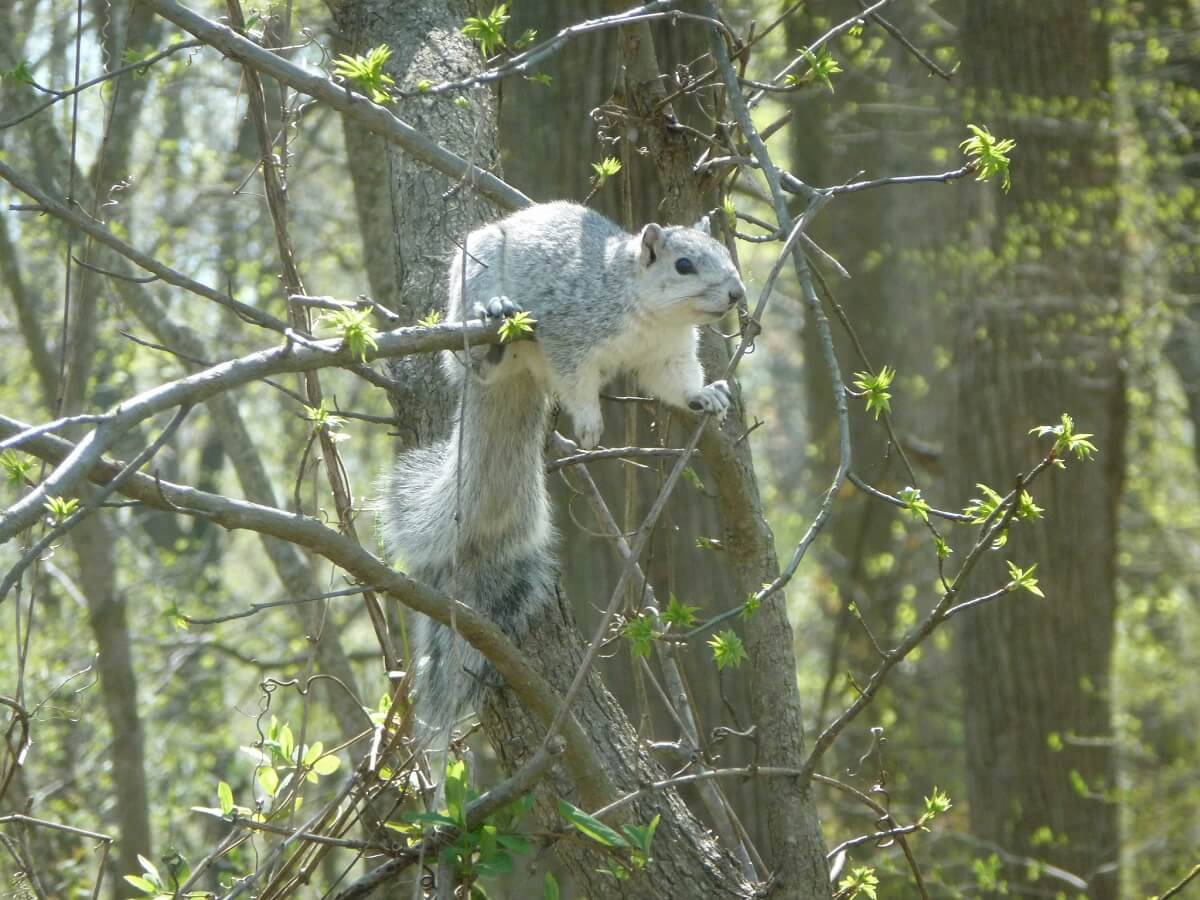
Like a fox, the color of the fox squirrel’s pelt varies. In most parts of the country, fox squirrels have a brown-grey or brownish yellow upper body with a brownish orange underbody. However, in the Appalachian Mountains, fox squirrels are typically dark brown or black with a distinctive white banding on the face and tail.
Although considered a tree squirrel because of their dependency on trees for food and shelter, fox squirrels actually spend the majority of their time foraging on the ground. They prefer to live in areas where oak-hickory forests border open meadows.
Often mistaken for a fox squirrel, the eastern gray squirrel (Sciurus carolinensis) inhabits a broad geographic area that includes most of the eastern half of the United States. Although similar to the fox squirrel, the eastern gray squirrel is recognized by the white patch of fur it sports on its underbelly. Displaying a broad and bushy tail, the eastern gray squirrel spends most of its life amongst the tree branches.
Ground Squirrels
Inhabiting the western United States, the California ground squirrel (Spermophilus beechey) lives in underground burrows, subsisting on a diet of roots and other small animals. They also forage above ground for fruits and nuts. The California ground squirrel hibernates in winter but can be a real nuisance around the homestead, inflicting havoc on root crops.
Flying Squirrels
There are just two species of flying squirrels found in the United States: the northern flying squirrel (Glaucomys sabrinus) and the southern flying squirrel (Glaucomys volans). Broad, flat tails and the flap of skin between their front and back legs allow them to glide through the air for distances in excess of 150 feet.
References
- Evicting Animals from Buildings, Washington State Department of Fish and Wildlife
- Nuisance Wildlife, Pennsylvania Game Commission
- Frequently Asked Questions And Answers To Nuisance Wildlife, Indiana Department of Natural Resources
- Squirrel Control, Missouri Department of Conservation


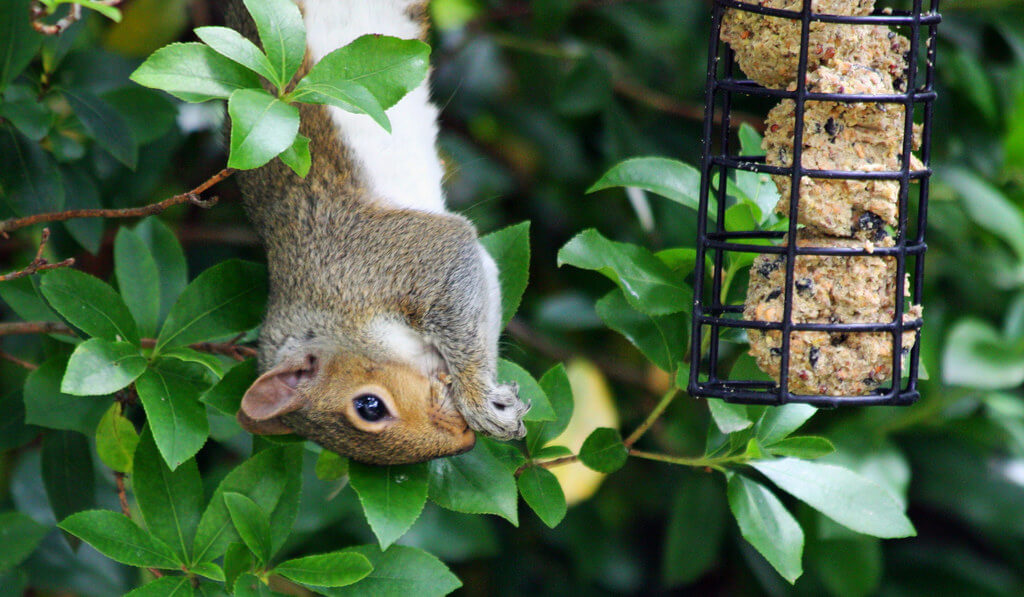
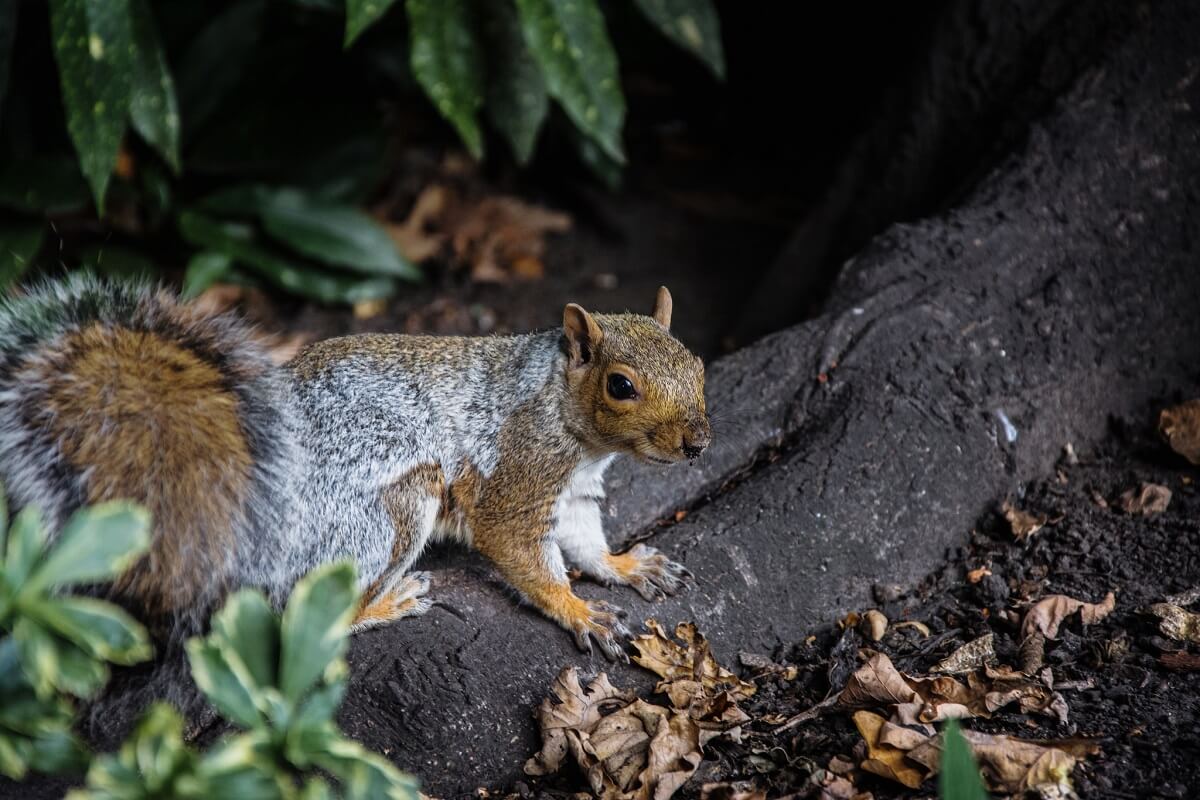

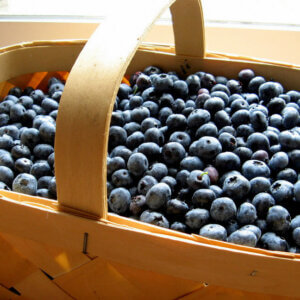
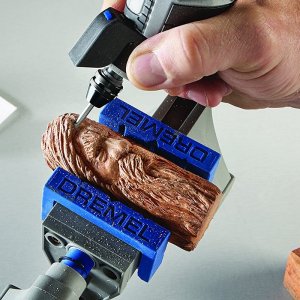






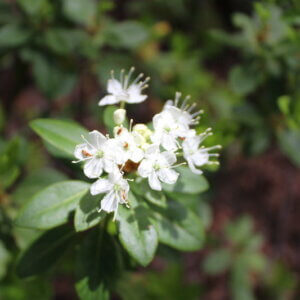


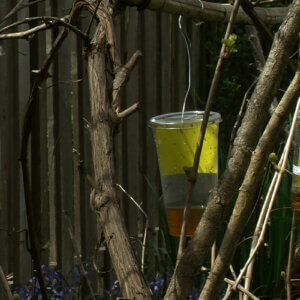






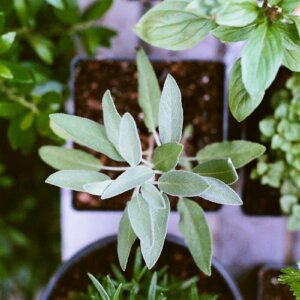


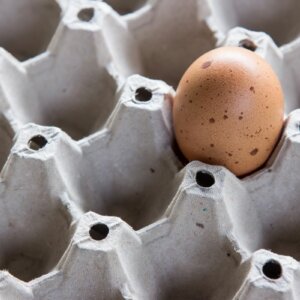



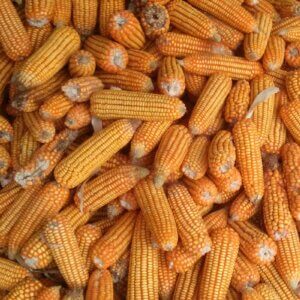



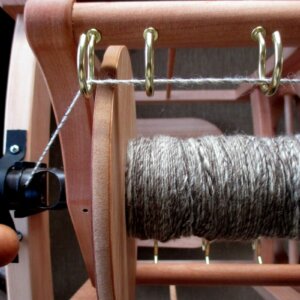









They are sure fun to watch but cannot definitely take shelter inside the house and become pests. One guy here parked his car for the winter and surprised how they manage to get to the engine and build a nest there along with the nuts they’ve collected.
One word- Stew.
I once had a squirrel build a nest in a barbeque on my deck. I inadvertently left a piece of 2×4 leaning against it and it gained access to the interior by climbing up and crawling through one of the openings in the barbeque. Imagine my surprise in the early spring when I I opened the lid and discovered the space under the cover to be completely filled with leaves, grass, etc. Also they could do their business through the cooking grill, so all in all they had a luxury squirrel condominium. Imagine their surprise when I removed the wood and cleaned out the grass, etc. effectively evicting them. Mama and two little ones ran around in circles on the deck for about 6 laps then scurried away to find some new digs.